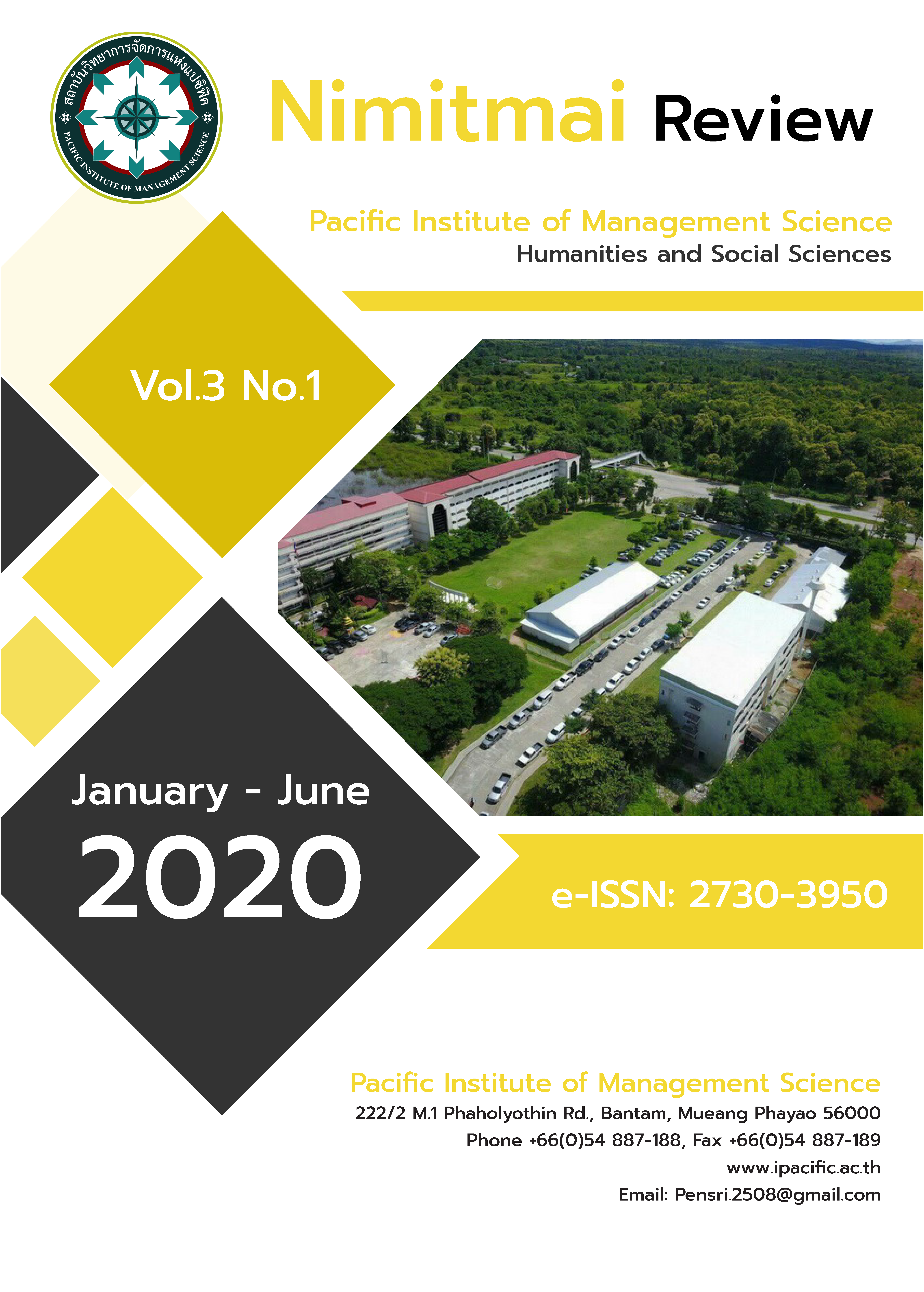CROSS CULTURAL AND DIVERSITY MANAGEMENT IN GLOBALIZATION
Keywords:
Cross Cultural, Diversity, Management, GlobalizationAbstract
Today, the world is changing rapidly in term of society, economy, politic and technology because of the information technology development and the global political economy structure changing. As a result, countries in the world have to rely on each other and more interconnected. Globalization also affects the organization that has not even expanded into the international market but also other foreign business organizations that expand their business in the country and take over the business market sharing. So, it is very important for new managers to understand globalization and has the capacity to handle the challenges posed by globalization in particular, diversity management in the organization to work effectively. The problems of diversity are the difference of age and lifestyles, family background, sexual differences, qualification and graduation, foreign workers with different cultures, the employment and the physical condition. The strategies that HR needs to manage this diversity are: create activities to promote teamwork and unity in the organization. Use the same communication in all level. Train employees to have a positive attitude towards colleagues and organizations. Brainstorm to solve problems or obstacles in the work and self-development. Promote employees with fair benefits, and improve the workplace or office to reduce the difference.
References
Clare M.(2013). The Impact of Japanese Management on Workers in the Indian Automotive Industry.Retrievedfromhttp://publishingindia.com/GetBrochure.aspx?query=UERGQnJvY2h1cmVzfC8yNDUxLnBkZnwvMjQ1MS5wZGY=
DiversityInc. (2012). Taking Supplier Diversity to the Next Level. Retrieved August 5, 2012. Fromhttp://www.diversityinc.com/supplier-diversity/taking-supplier-diversity-to-the- next-level/
Evren E. (2005). 2005 Workplace Diversity Practices. The Society for Human Resource Management(SHRM). Retrieved from http://www.bus.iastate.edu/emullen/mgmt472/shrmdiversityreport.pdf
Faranani Facilitation Services Pty Ltd. (2013). Culture and Diversity Handbook 2013. Retrievedfromhttp://www.fasset.org.za/downloads/Valuing_Diversity/Culture_and_Diversityin_the_Workplace_Final.pdf
Filipe A.S., Yekaterina C., Karen M.(2010). Employee Training and Wage Dispersion: White and Blue Collar Workers in Britain. Retrieved from http://citeseerx.ist.psu.edu/viewdoc /download?doi=10.1.1.462.3204&rep=rep1&type=pdf
Mark F.(2015). What Makes an Employer a Great Place to Work?. Retrieved Jun 1, 2015 fromhttps://www.shrm.org/hr-today/news/hr-magazine/pages/0615-great-places-to-work.aspx
Marie-T. C.. (2006). A comparative analysis of promoting pay equity: models and impacts. Retrievedfromhttp://www.ilo.org/wcmsp5/groups/public/@ed_norm/@declaration/documents/publication/wcms_decl_wp_27_en.pdf
Nalina G. (2013). Retrieved April 2013 frohttps://www.researchgate.net/publication/259998636The_Role_of_Human_Resource_Management_in_CrossCultural_Environment_-The_Way_to_Managerial_Communication
Sodexo. (2017). Report Highlights Diversity and Inclusion as a Core Component of Sodexo Business Strategy. Retrieved February 06, 201 from http://www.sodexousa.com/ home/media/newsreleases/newsListArea/news-releases/diversity-inclusion-report.html



